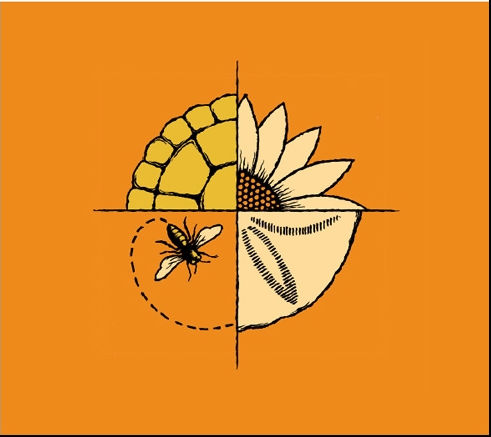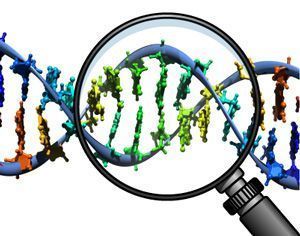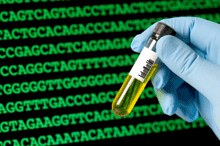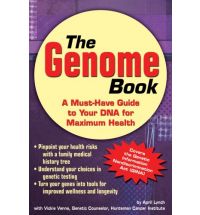 There’s a lot more to a successful invention than just a good idea.
There’s a lot more to a successful invention than just a good idea.
 Steve Schneider Steve Schneider, the coordinator and sole staff of the Sawyer Center in Santa Rosa has had a hand in a growing list of success stories with clients there. Currently, he's enthusiastic about an idea concieved by a pair of local nurses.
Steve Schneider Steve Schneider, the coordinator and sole staff of the Sawyer Center in Santa Rosa has had a hand in a growing list of success stories with clients there. Currently, he's enthusiastic about an idea concieved by a pair of local nurses.
As you might expect, the Sawyer Center itself was the creation of an individual inventor. Steve Schneider recounts its history.
Just over the past 10 years, according to their website, the Sawyer Center has helped over 2,300 clients by providing in excess of 8,900 hours of individual, one-on-one, free counseling. In addition, over 2,570 business owners have attended 108 workshops for close to 13,100 hours of training. This counseling and training has resulted in:
- 114 patents received
- 151 trademarks filed
- 113 copyright applications
 The rate of extinctions globally is now hundreds, perhaps thousands oftimes higher than the historic incidence. Could we have already reached—or passed—the point of Peak Nature?
The rate of extinctions globally is now hundreds, perhaps thousands oftimes higher than the historic incidence. Could we have already reached—or passed—the point of Peak Nature?
 Stephanie Mills, LHDThe steps necessary to reverse the increased rate of extinctions (or at least attempt to) are easy enough to identify, says Stephanie Mills, LHD. But implementing them on a scale large enough to be effective will be a huge challenge.
Stephanie Mills, LHDThe steps necessary to reverse the increased rate of extinctions (or at least attempt to) are easy enough to identify, says Stephanie Mills, LHD. But implementing them on a scale large enough to be effective will be a huge challenge.
"In nature, there is no waste," Mills writes. But humans are notorious for creating vast volumes of waste, especially many ubiquitous and nearly indestructible forms of plastic.

Read Mills' Peak Nature? article from the Post Carbon Reader here.
 It’s hard to imagine anything more personal than the genetic information encoded in your DNA. But it’s only protected by privacy laws some of the time.
It’s hard to imagine anything more personal than the genetic information encoded in your DNA. But it’s only protected by privacy laws some of the time.
 The actual status of California’s law protecting genetic information with regard to long term care insurance is currently a bit murky, says health journalist April Lynch. It is generally assumed to have ended, but it seems to have lapsed rather than having been repealed.
The actual status of California’s law protecting genetic information with regard to long term care insurance is currently a bit murky, says health journalist April Lynch. It is generally assumed to have ended, but it seems to have lapsed rather than having been repealed.
 As genetic information becomes increasingly available, Lych suggests that consumers will more and more have to make decisions about how much they themselves want to know about it, as well as how much is shared with doctors and insurers.
As genetic information becomes increasingly available, Lych suggests that consumers will more and more have to make decisions about how much they themselves want to know about it, as well as how much is shared with doctors and insurers.
 Capitalism doesn’t have to be an economic system that devours raw materials with massive waste. An advocate of a variant termed “Natural Capitalism” contends it can deliver greater prosperity through increased efficiency and careful stewardship of natural and human resources.
Capitalism doesn’t have to be an economic system that devours raw materials with massive waste. An advocate of a variant termed “Natural Capitalism” contends it can deliver greater prosperity through increased efficiency and careful stewardship of natural and human resources.
 Hunter Lovins argues that human productivity could learn a lot from Nature, which is powered almost exclusively by the sun, and leaves no waste that isn’t fuel for some other natural process.
Hunter Lovins argues that human productivity could learn a lot from Nature, which is powered almost exclusively by the sun, and leaves no waste that isn’t fuel for some other natural process.
Modern day free marketers often invoke Adam Smith and his “invisible hand” as the guiding principle behind the policies they advocate, including globalism and free trade. But Lovins counters that doing so is a distorted misreading of what Smith actually said.
 Reducing or greatly eliminating the enormous amount of waste that is built into our economy is not enough, but itself, to ensure long-term prosperity. But Lovins says it would be a good start.
Reducing or greatly eliminating the enormous amount of waste that is built into our economy is not enough, but itself, to ensure long-term prosperity. But Lovins says it would be a good start.
 Sheep may safely graze in vineyards during the dormant, winter months, but expanding that to a year-round option requires applying some ovine psychology.
Sheep may safely graze in vineyards during the dormant, winter months, but expanding that to a year-round option requires applying some ovine psychology.
Using an electric grid deterrent to train sheep is easier than you might think, explains Kelly Mulville.
 Kelly MulvilleThe wires carry a charge of 3000 to 5000 volts, and are usually installed in a grid that can be electrified one section at a time. But that's not for the sake of the sheep.
Kelly MulvilleThe wires carry a charge of 3000 to 5000 volts, and are usually installed in a grid that can be electrified one section at a time. But that's not for the sake of the sheep.
 Some growers may choose to plant cover crops between the vines that will be especially appealing to any sheep grazing there. But Mulville says that's not really necessary, as the animals are happy to feed on wild mustard and most of the other native plants that spring up unaided in the vineyards.
Some growers may choose to plant cover crops between the vines that will be especially appealing to any sheep grazing there. But Mulville says that's not really necessary, as the animals are happy to feed on wild mustard and most of the other native plants that spring up unaided in the vineyards.

 Live Radio
Live Radio